AFI
SOURCE: AFI


With the Indian Navy preparing to induct the Rafale M (Marine) fighters, India’s naval capabilities are set to receive a formidable boost. The Rafale M will come equipped with two state-of-the-art anti-ship missile systems that will greatly enhance India’s ability to neutralize hostile warships in the Indian Ocean Region (IOR). These missiles, the NASM-MR and BrahMos-NG, represent a leap forward in terms of range, speed, and lethality, making them formidable tools for deterring adversaries and safeguarding India’s maritime interests.
The NASM-MR (Medium Range Anti-Ship Missile) is an all-weather, over-the-horizon anti-ship cruise missile currently under development by the Defence Research and Development Organisation (DRDO). Designed for accuracy, stealth, and a long reach, the NASM-MR is poised to extend the Navy’s offensive capabilities by engaging and neutralizing enemy ships at distances up to 300 kilometers.
Continue readingSOURCE: AFI


Mazagon Dock Shipbuilders Limited (MDL) has achieved a significant milestone in indigenizing naval technology by successfully developing the Helo Landing Grid in collaboration with Seetha Technologies, Chennai. This critical component enables helicopters equipped with harpoons to safely land and take off from helidecks, even in challenging sea conditions.
The Helo Landing Grid is a crucial safety feature that allows helicopters to operate independently from helidecks without external assistance. It is constructed using high-tensile stainless steel and features a unique honeycomb pattern of machined holes. The harpoon engages with the grid through these holes, ensuring a secure and stable landing or takeoff.
Continue readingSOURCE: AFI


The Indian Army has showcased the Tracked Hybrid Modular Infantry System (THeMIS) unmanned ground vehicle (UGV) during the recently concluded Swavlamban Shakti exercise at Babina Field Firing Ranges. The exercise, aimed at testing new technologies for future combat strategies, highlighted the potential of THeMIS in evaluating injured military personnel.
In 2022, the Indian Army procured Milrem Robotics’ THeMIS UGV from Estonia, joining a growing list of countries adopting this advanced technology. THeMIS is a versatile UGV capable of performing a wide range of tasks, from reconnaissance and surveillance to logistics and transportation. Its ability to operate autonomously in various environments makes it a valuable asset for the military.
Continue readingSOURCE: AFI


In the competitive world of airborne radar technology, China’s KLJ-7A AESA radar, developed by AVIC Leihua Electronics Research Institute, has been marketed as a pioneering solution in the segment, touted as the “world’s first air-cooled airborne fire-control AESA radar” and the smallest in its class. The KLJ-7A radar, mounted on the JF-17 Block III fighter, features air-cooled technology rather than traditional liquid cooling. While this decision may have been intended to reduce costs and simplify maintenance, it has sparked discussion, with some defense analysts and enthusiasts raising concerns about its potential performance limitations in demanding operational conditions, especially in regions with high ambient temperatures like the Indian subcontinent.
Traditional AESA (Active Electronically Scanned Array) radars, particularly those installed on advanced fighter aircraft, typically use liquid cooling systems to manage the substantial heat generated by the radar’s transmit/receive modules (TRMs). AESA radars function by emitting numerous small radar beams through thousands of TRMs, each generating heat as they operate. Liquid cooling systems are highly efficient in dissipating this heat, maintaining a stable operational temperature that supports consistent radar performance.
Continue readingSOURCE: AFI


The first-ever Made-in-India fuselage for the C-295 transport aircraft has been completed and showcased, marking a major milestone in India’s defense manufacturing landscape. This fuselage is part of a project by Tata-Airbus to produce 40 C-295 aircraft for the Indian Air Force (IAF), intended to replace the aging fleet of Avro-748 transports. As a central component of the aircraft’s structural assembly, this fuselage will soon be integrated into a fully assembled C-295 at the Tata-Airbus Final Assembly Line (FAL) facility in Vadodara, Gujarat.
The assembly facility at Vadodara, established by Tata-Airbus, represents the first private sector FAL for military aircraft in India. This collaboration marks a significant shift toward private sector involvement in defense production, reducing reliance on imports and advancing India’s vision of self-reliance in defense manufacturing, known as Aatmanirbhar Bharat. The C-295 program is expected to create thousands of direct and indirect jobs, fostering a skilled workforce and bolstering local industry with a robust supply chain across India.
Continue readingSOURCE: AFI
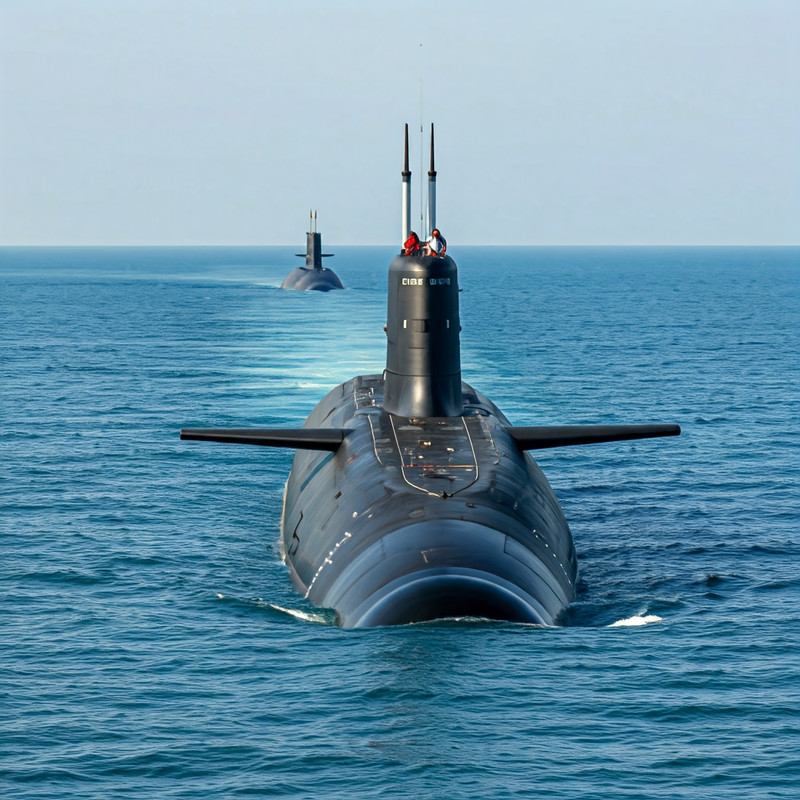

Commodore Anil Jai Singh, a seasoned naval veteran and Vice President of the Indian Maritime Foundation, has expressed his disappointment over the recent decision to limit India’s nuclear submarine program to just two vessels. He argues that a program encompassing six submarines, built in tranches of two or three, would have provided numerous benefits to the Indian Navy and the domestic defense industry.
By opting for a smaller program, the Indian Navy may face challenges in maintaining operational readiness and sustaining a credible deterrent posture. A fleet of six submarines would have offered greater flexibility and resilience, allowing for routine maintenance and upgrades without compromising operational capabilities.
Continue readingSOURCE: AFI
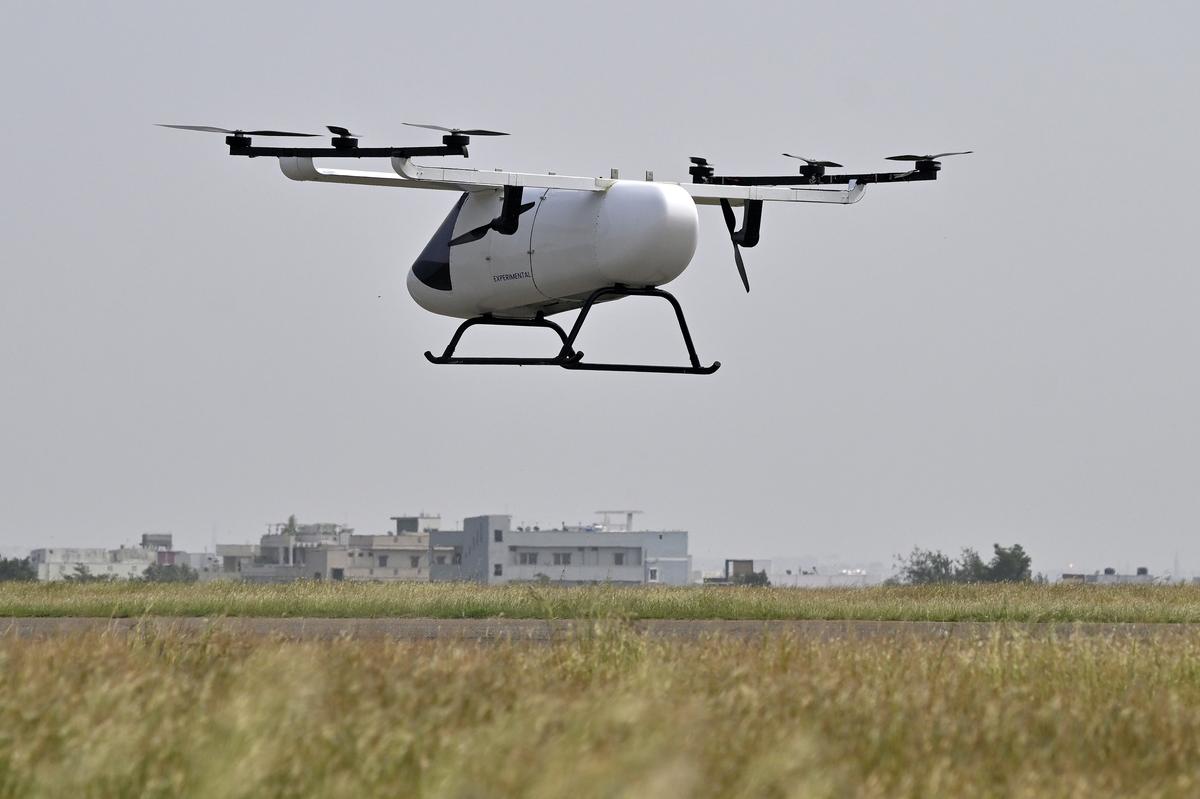

Hyderabad-based aerospace startup, BluJ Aero, has made significant strides in India’s aviation sector by successfully conducting the first full-scale live flight demonstration of its electric vertical take-off and landing (EVTOL) aircraft. The historic event took place at the Nadergul airfield on Friday.
The prototype, touted as India’s largest privately built aircraft, showcases the potential of indigenous innovation in the field of advanced air mobility. BluJ’s vision is to revolutionize regional air travel by providing faster, more affordable, and eco-friendly transportation solutions.
Continue readingSOURCE: AFI
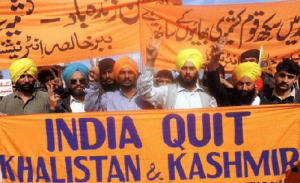

In a recent development that has raised eyebrows, an Islamabad-based think tank, closely tied to Pakistan’s National Security Division (NSD), has contracted a Washington-based lobbying firm for a hefty sum of Rs 41.61 crore ($1.5 million). This move is seen as a desperate attempt by Pakistan to galvanize international support for the Kashmir issue, particularly in Western countries.
This strategic decision comes in the wake of growing global attention to the Khalistan movement, which has been emboldened by support from certain Western nations, including Canada and the United States. As the Khalistani diaspora intensifies its efforts to destabilize India, Pakistan appears to be capitalizing on this opportunity to push its own agenda.
Continue readingSOURCE: AFI
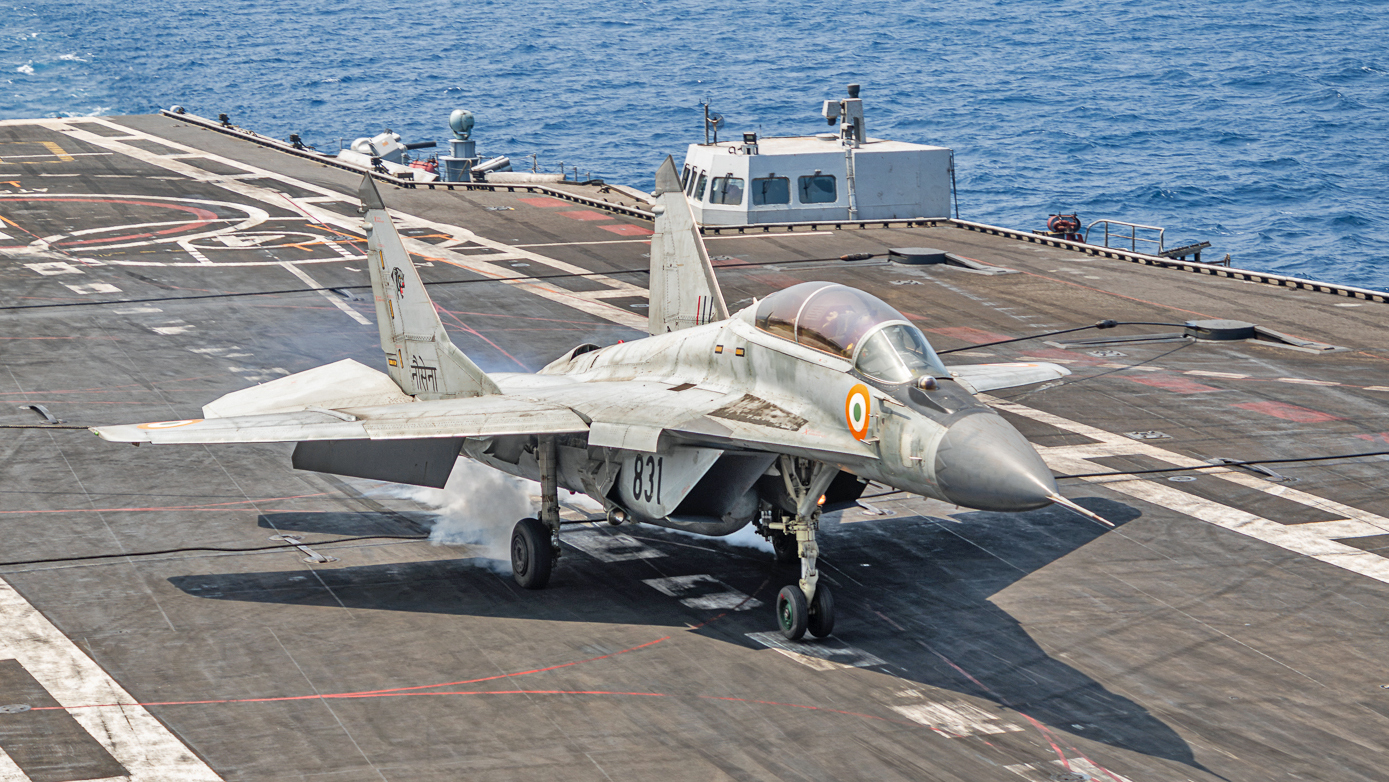

The CSIR-National Chemical Laboratory (CSIR-NCL), Pune, has successfully breathed new life into the On-Board Oxygen Generation System (OBOGS) of the MiG-29 fighter aircraft. This critical system, essential for providing pilots with a continuous supply of oxygen at high altitudes, was rejuvenated through a pioneering process developed by CSIR-NCL scientists.
The Indian Navy, recognizing the diminishing efficiency of the MiG-29’s OBOGS units due to prolonged exposure to moisture, approached CSIR-NCL in November 2023. The zeolite material, the heart of the OBOGS system, was losing its ability to selectively adsorb nitrogen and produce pure oxygen.
Continue readingSOURCE: AFI
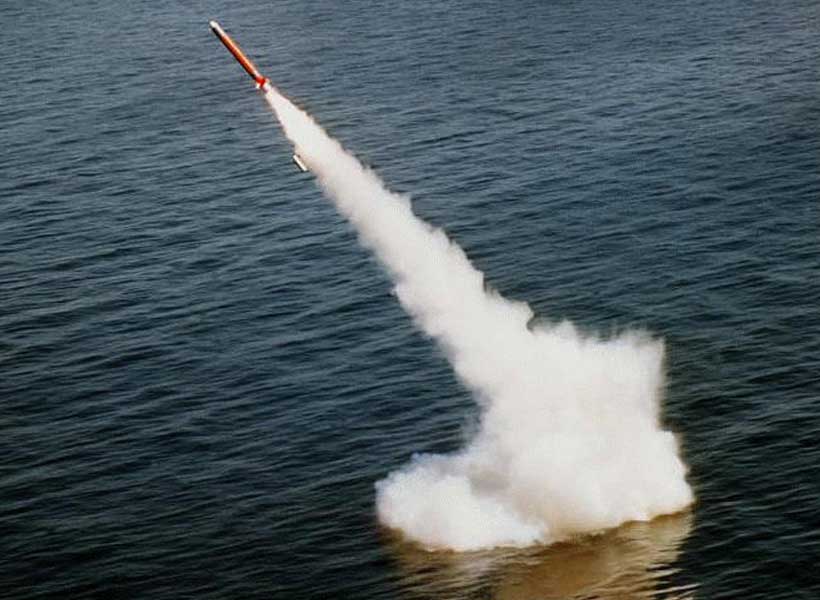

In a recent interview with Suno Digital, Ex-Commodore Sajid Mehmood Shehzad HI(M) of the Pakistani Navy has stated that the navy has no plans to develop its own nuclear-powered submarines capable of launching nuclear-equipped warhead missiles. According to Shehzad, the same capabilities can be achieved using conventional submarines equipped with tactical nuclear weapons.
The Pakistani Navy has long been known for its Babur cruise missiles, which can be launched from submarines. These missiles have the potential to be equipped with tactical nuclear weapons, providing the navy with a significant deterrent capability without the need for nuclear-powered submarines.
Continue readingSOURCE: AFI


Veda Aeronautics (P) Limited, a leading technology company based in Noida, has made significant strides in the development of advanced fire control systems (FCS). Their flagship product, the AGS-30 FCS, showcases their expertise in electro-optical technologies and their commitment to providing high-performance solutions for military applications.
Veda Aeronautics’ deep understanding of electro-optical technologies enables them to design and manufacture customized sensors, lasers, and optical systems that deliver exceptional situational awareness and target acquisition capabilities. These components form the backbone of the AGS-30 FCS, ensuring accurate and reliable performance in demanding combat environments.
Continue readingSOURCE: AFI


Hindustan Shipyard Limited (HSL), in collaboration with a leading Korean fuel cell technology firm and Indian industry partner, Lotus Wireless Private Limited, has introduced a groundbreaking range of hydrogen fuel cells designed to power Indian waters.
These state-of-the-art fuel cells, ranging from 250 kW to 2 MW, are fully class-certified and scalable up to 2 MW. This innovative technology is poised to revolutionize the Indian maritime sector by powering vessels such as ferries and tugs.
Continue readingSOURCE: AFI
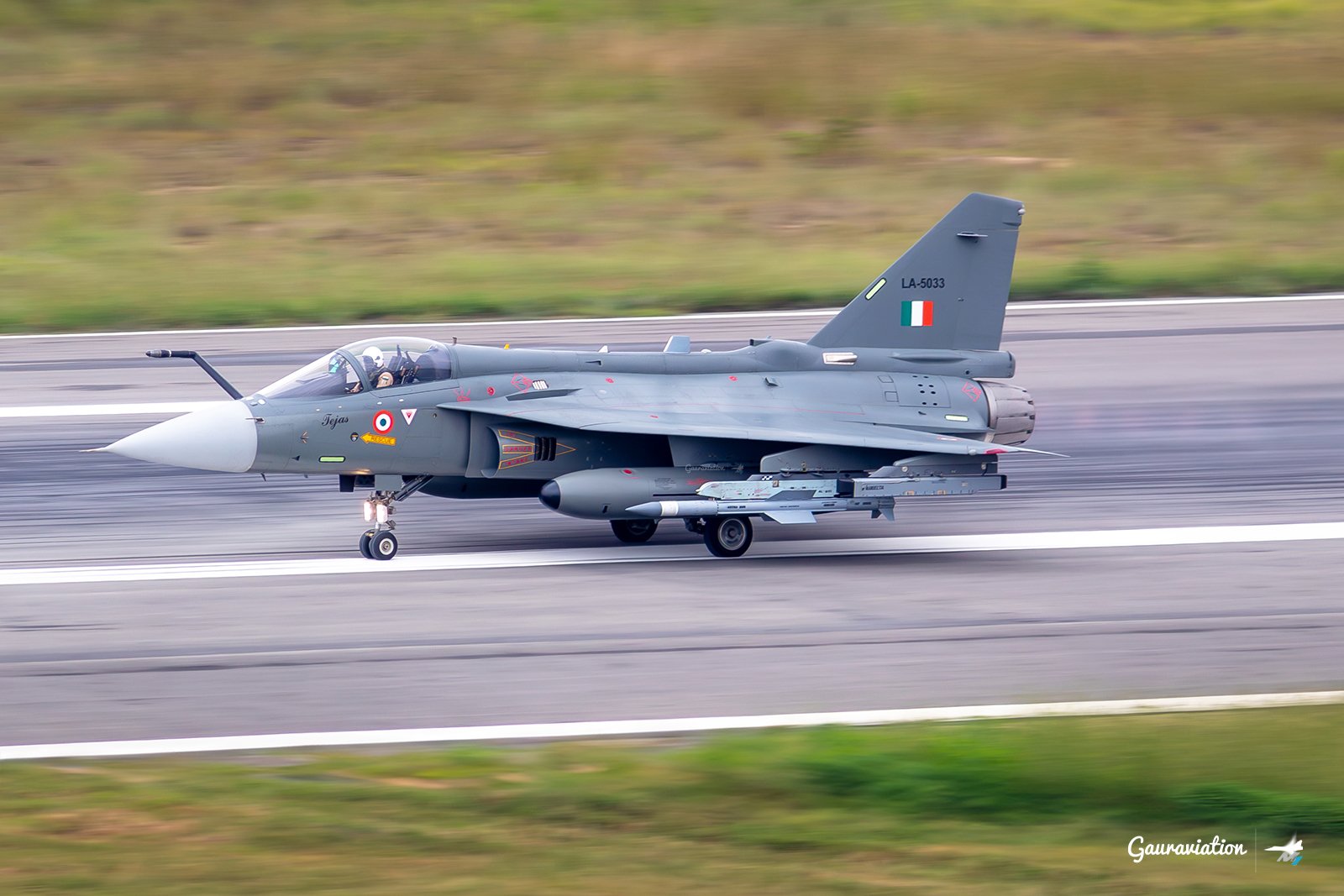

Recent images of India’s Tejas Mk1A Light Combat Aircraft (LCA) have confirmed the integration of the latest Scorpius-SPJ (Self-Protection Jammer) ELL-8222SB, a sophisticated Electronic Countermeasures (ECM) pod developed by ELTA. This advanced airborne self-protection system, ordered by the Indian Air Force (IAF) in 2022, marks a significant leap in the ECM capabilities of the Tejas Mk1A. It is designed to detect and counter modern Air-to-Air (A/A) and Surface-to-Air (S/A) threats, which are increasingly prominent in high-intensity combat environments.
The Scorpius-SPJ is an airborne self-protection ECM system that leverages Staring Multibeam AESA (Active Electronically Scanned Array) technology, a breakthrough in electronic warfare (EW) technology. Unlike conventional AESA systems that scan sequentially, this “staring” technology allows the Scorpius-SPJ to generate hundreds of highly concentrated beams in all directions simultaneously. This capability enables the system to detect, track, and jam multiple threats at once across a wide spectrum, ensuring unparalleled electronic warfare (EW) superiority.
Continue readingSOURCE: AFI


The Indian Air Force (IAF) has recently expanded its arsenal of smart munitions with the induction of the Joint Direct Attack Munition-Extended Range (JDAM-ER), a U.S.-built weapon system. Following the integration of Israeli SPICE bombs and French AASM HAMMER, the JDAM-ER adds to the IAF’s growing repertoire of precision-guided munitions. While the JDAM might be the oldest and simplest of these systems, its low cost and effectiveness have made it a widely used tool in modern warfare.
The JDAM transforms “dumb bombs” into precision-guided munitions by attaching a tail section equipped with an Inertial Navigation System (INS) and Global Positioning System (GPS) guidance unit. These modifications allow for highly accurate bombing, even in adverse weather conditions, by guiding bombs to their target using satellite signals. The tail fins also provide extended range, with JDAM-equipped bombs reaching distances of over 70 kilometers.
Continue readingSOURCE: AFI


Bharat Dynamics Ltd (BDL), a leading Indian defense manufacturer, is making waves with its Amogha-III, a third-generation, fire-and-forget man-portable anti-tank guided missile (ATGM). After successful field firing in 2023, the Amogha-III is now generating considerable international interest.
While the Amogha-III awaits final user trials by the Indian Army, BDL has proactively begun marketing the missile to countries seeking advanced anti-tank solutions. Recent efforts have yielded promising leads, with talks in “an advanced stage” with two or three potential buyers, according to BDL officials speaking to idrw.org. Whether these discussions translate into firm orders remains to be seen, but the positive international response is a clear indication of the Amogha-III’s capabilities.
Continue reading